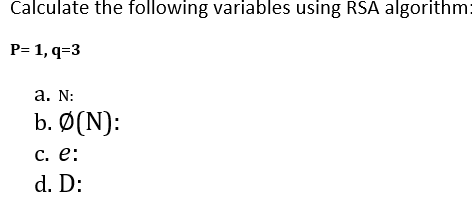

If an unresolvable problem does show up then the technique can be applied to previous work by the author in question, to see if anything systematic is going on.Ī drawback of CORVIDS is that in some circumstances it may take hours to run. That will often be easier than asking for every paper to be accompanied by its data and then reworking the statistics from those. Such problems might be caused by anything from biased methods of data collection to outright fabrication.ĬORVIDS is likely to be of immediate value to editors and reviewers at academic journals, who will be able to spot problems with submitted papers early, and so discuss them with the authors. It would suggest either that the statistics were reported incorrectly or that there were problems with the underlying data. Generally, though, such a gap would be a red flag. For example, every reconstructed data set may be missing values at one end of the scale. This makes any unusual patterns apparent. To simplify the task of spotting anomalies, CORVIDS turns the possible data sets into histograms and arranges them into a three-dimensional chart. Diophantus did not, however, have access to computers and so could not take the idea very far.
COMPUTER ALGORITHMS FOR STATISTICAL CALCULATIONS HOW TO
The principle of how to do this was worked out in the third century AD by Diophantus of Alexandria (hence the “D” in “CORVIDS”).

The trick behind CORVIDS is to find all possible combinations of numbers that solve the linear equations from which the statistics being examined are calculated. If it can reconstruct a valid data set or sets, then the team running it can look at them and assess whether or not they look plausible. If CORVIDS cannot come up with a valid set of data for a result, that result is self-evidently fishy. They call the resulting algorithm CORVIDS (Complete Recovery of Values in Diophantine Systems). As they describe in a paper in PsyArXiv Preprints, Sean Wilner and his colleagues at the University of Illinois at Urbana-Champaign have come up with a way of reconstructing, given the mean, standard deviation and number of data points in a result (all three of which are usually stated as part of such a result), all the possible data sets which could have given rise to that result. That, though, will be harder in the future-at least for sets of data that consist of integer numbers in a known range, as do, for example, the answers to many questionnaires in psychology experiments.


 0 kommentar(er)
0 kommentar(er)
